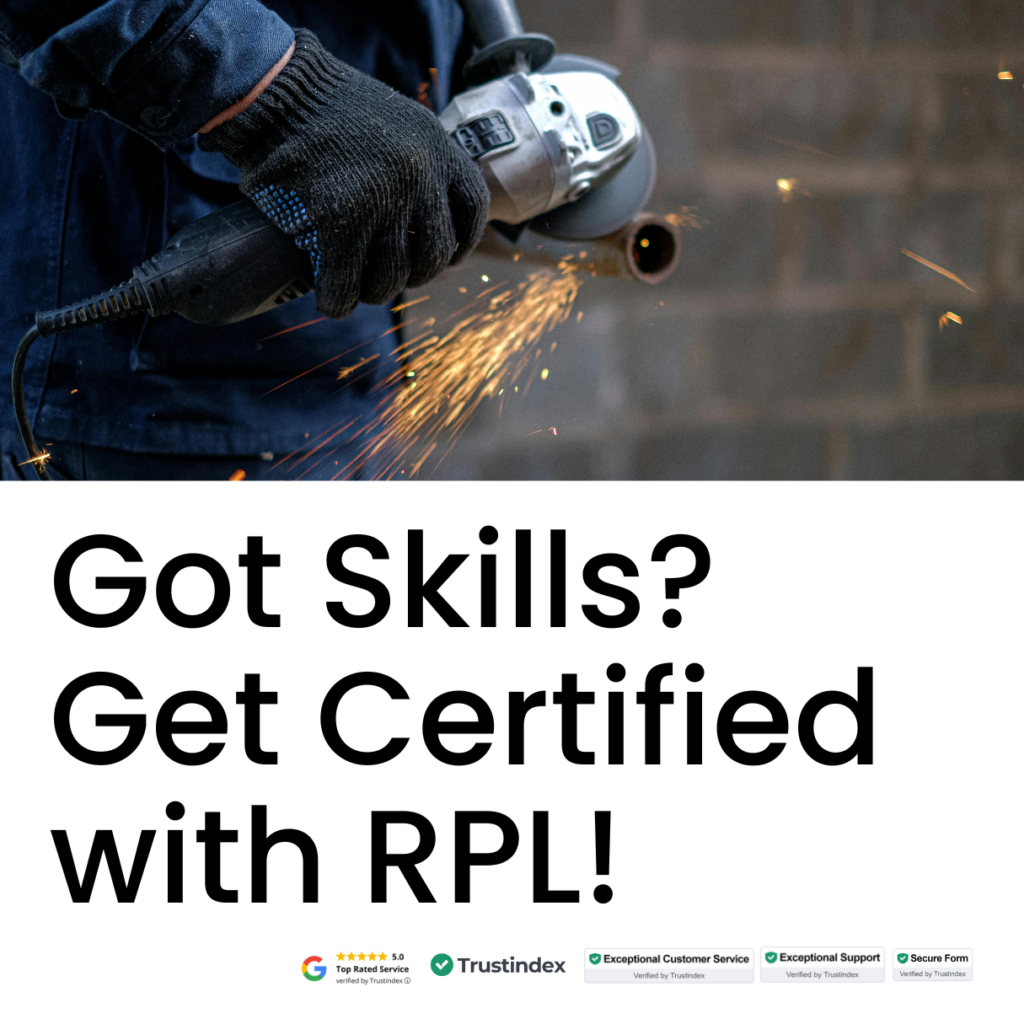Submitting your Recognition of Prior Learning (RPL) evidence is a critical step toward gaining your qualification. However, many applicants unknowingly make mistakes that delay or jeopardise their approval. Knowing what pitfalls to avoid can save you time, reduce frustration, and increase your chances of success.
This blog highlights the most common mistakes in RPL evidence submission and shares tips on how to avoid them.
1. Providing Irrelevant or Unfocused Evidence
Mistake: Submitting documents that do not relate to the competencies required by the qualification.
How to Avoid:
- Carefully review the qualification units and focus your evidence on those competencies.
- Use STUDYIN’s qualification-specific checklists to ensure you only provide relevant evidence.
Learn more about relevant evidence in: RPL Evidence: What Assessors Need to See.
2. Submitting Unorganised or Unlabeled Portfolios
Mistake: Presenting a cluttered, confusing portfolio without clear labels or structure.
How to Avoid:
- Organise your portfolio with a clear table of contents and labels.
- Group evidence by competency and provide brief explanations.
For portfolio organisation tips, see: The Ultimate Checklist for Building Your RPL Portfolio.
3. Overloading with Excessive Documents
Mistake: Including too many documents, which can overwhelm assessors and dilute key evidence.
How to Avoid:
- Choose quality over quantity. Select the strongest, most recent, and directly relevant evidence.
- Avoid duplicate documents or unrelated certificates.
4. Neglecting Evidence, Authenticity and Currency
Mistake: Providing outdated evidence or documents that cannot be verified.
How to Avoid:
- Use recent and genuine documents.
- Ensure you can provide proof if requested.
5. Failing to Explain or Contextualise Evidence
Mistake: Uploading evidence without accompanying explanations or linking it to competency requirements.
How to Avoid:
- Include short descriptions for each evidence piece explaining its relevance.
- Use reflective statements or summaries where appropriate.
See effective evidence presentation in: How to Present RPL Evidence That Will Get You Approved.
6. Ignoring Gap Training or Supplementary Evidence
Mistake: Not addressing skill gaps identified during assessment or failing to provide supplementary materials.
How to Avoid:
- Be proactive about providing supplementary evidence, like reflective journals or photos.
- If gap training is suggested, engage promptly.
More on managing gaps in: How RPL Can Help You Transition to a New Career Path Without Starting Over.
7. Missing Deadlines or Incomplete Submissions
Mistake: Late submissions or incomplete portfolios cause delays or outright rejection.
How to Avoid:
- Keep track of submission deadlines.
- Double-check your portfolio for completeness before submitting.
8. Not Seeking Expert Guidance
Mistake: Attempting the process without proper advice or support.
How to Avoid:
- Utilise STUDYIN’s free RPL skill assessments and expert support.
- Refer to available guides and checklists to ensure accuracy.
Final Thoughts
Avoiding these common mistakes will strengthen your RPL submission and improve your chances of a smooth, successful assessment. Take time to prepare thoughtfully, organise clearly, and present confidently.
Start your journey with STUDYIN’s Free 40-Second RPL Skill Assessment to get expert advice tailored to your qualifications.









